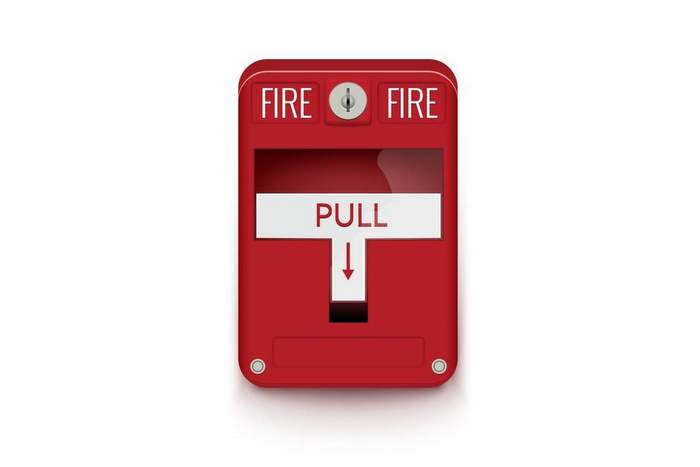SEC investigating Tesla’s solar fires – a reminder of PV connector hazards

Multiple outlets reported this week that the U.S. Securities and Exchange Commission (SED) has opened an investigation into Tesla because of a whistleblower complaint related to rooftop solar fired sparked by its systems – Wal-Mart fires being the highest profile example. The whistleblower alleges the company failed to properly notify its shareholders and the public of fire risks associated with solar panel system defects over several years. From the Reuters report:
“We have confirmed with Division of Enforcement staff that the investigation from which you seek records is still active and ongoing,” the SEC said in a Sept. 24 response to Henkes, declining his request to provide its records. The SEC official said the letter should not be taken as an indication by the agency that violations of law had occurred. Reuters independently confirmed the SEC letter was legitimate.
Henkes, a former Toyota Motor quality division manager, was fired from Tesla in August 2020 and he sued Tesla claiming the dismissal was in retaliation for raising safety concerns. Tesla did not respond to emailed questions from Reuters, while the SEC declined to comment.
In the SEC complaint, Henkes said Tesla and SolarCity, which it acquired in 2016, did not disclose its “liability and exposure to property damage, risk of injury of users, fire etc to shareholders” prior and after the acquisition. Tesla also failed to notify its customers that defective electrical connectors could lead to fires, according to the complaint.
This whole mess is a reminder that 1) yes, solar-related fires are on the rise, and 2) PV connection points are a safety issue to be taken seriously. As we’ve written previously:
The BRE National Solar Centre, third-party researchers based in the UK, took a deep dive into solar systems involved in house fires and published its findings in “Fire and Solar PV Systems – Investigations and Evidence in July 2017.” The biggest takeaway to underline and bold is that, when installed correctly, PV systems are super safe. The BRE study discovered fewer than 60 fire incidents in a market of about 1 million systems installed over the prior seven years – 42 of which were determined to be caused by the PV system, and only 17 of which were labeled as “serious fires” that spread beyond their area of origin.
But 42 and 17 aren’t zero, and BRE’s analysis finds three possible root causes for PV fires:
• An error in the system design
• A faulty product (design or quality issue)
• A poor installation practice
Among components that were implicated in their research, DC isolators were cited in 18 incidents (30 percent), the majority of which were due to poor installation practices. The one example shown in the report was that of an isolator mounted on an exposed exterior wall that filled with water via the top-mounted cable entries.
The second biggest culprit was the DC connector with 10. This makes sense considering an electrical arc is the number one cause of a PV fire. Connectors heat up over a longer period of time and burn up if there’s an issue. Most of the time when they burn up or melt, it doesn’t create a larger scale fire, but when connectors are mismatched, the probability of an incident is much higher. This could be due to the tools used to make the connection (cheap crimpers from China) or just regular old human error — either the DC connector not being fully inserted and/or poorly crimped. Both result in bad connections that can lead to arcing. Typical mistakes include use of incorrect crimping tools, mounting of connectors without enough precision or simply insufficient installation training.
This is why we have previously raised issue with NEC 2017 and the rush to module-level rapid shutdown, which required a dramatic increase in rooftop connection points in the name of “safety.” The NEC 2020 code cycle required inter-matching connectors. That’s progress, but: 1) Authorities Having Jurisdiction (AHJs) are forbidden from actually going on roofs (thus, unable to verify connector compliance). 2) The mismatched toothpaste is already out of the tube. Code adoption is wildly different all across the country.





Comments are closed here.